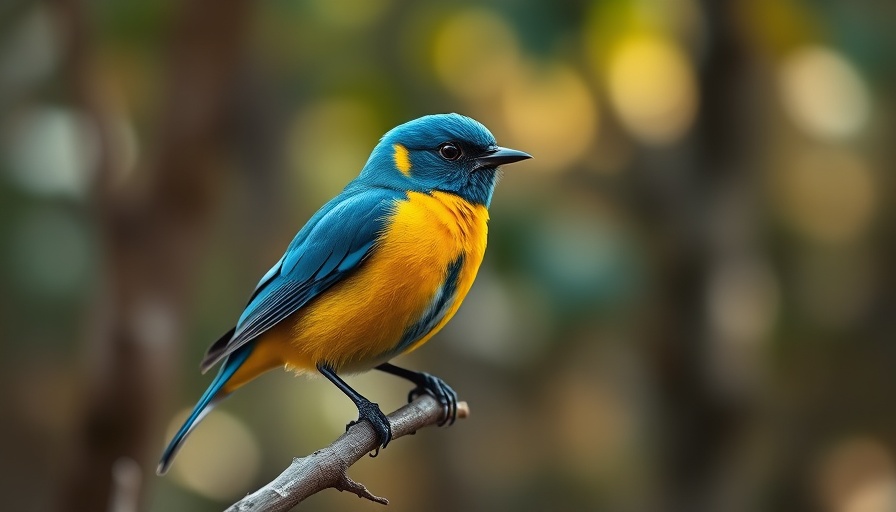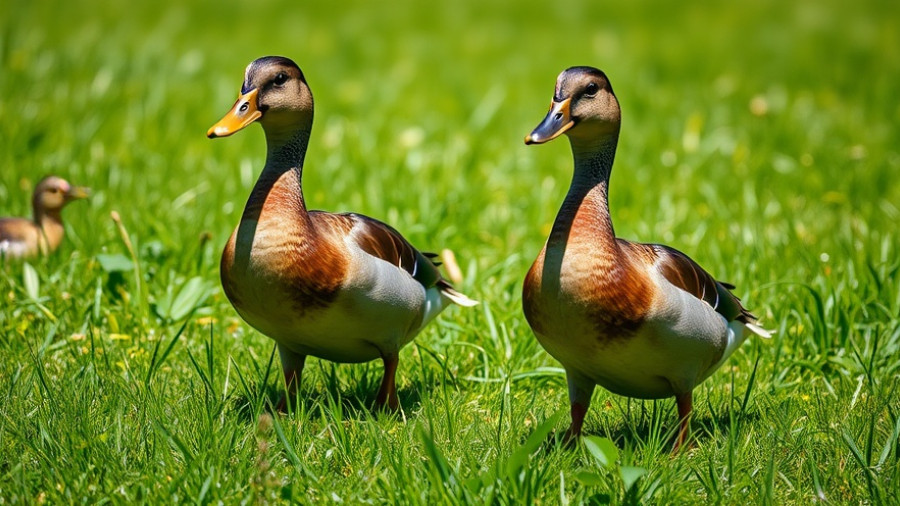
The Future of Birding: Tech Innovations on the Horizon
As we soar through the 2020s, the world of birding is set to transform dramatically thanks to advancements in technology. Imagine birdwatching as not only a leisurely activity but also as a data-driven powerhouse, equipped with the latest apps and smart devices. Tools like the Merlin Bird ID app and eBird are already revolutionizing how enthusiasts identify and report bird species. The blend of artificial intelligence (AI) and cloud computing brings birding into a new era of precision and efficiency.
Smart Devices: Your New Birding Companions
By 2025, we could see tech innovations like smart binoculars capable of identifying birds in real time. With augmented reality features, birders might look through their binoculars and instantly receive information about a species observed, including sightings from nearby locations. Such developments promise to make birding more engaging for both seasoned and novice birdwatchers alike, creating a more interactive experience.
Engaging Citizen Scientists with Gaming Elements
What if birding became as captivating as your favorite video game? Imagine a rewards system that gamifies birdwatching—offering badges for identifying migratory birds or completing themed birding challenges. By incentivizing these activities, participants would not only enjoy birding more but also contribute valuable data to researchers and conservationists alike.
Connecting Birders Through Social Media
The integration of social media into birding tech could foster real-time sharing and collaborations among birders. Picture a platform where enthusiasts coordinate sightings and share tips, facilitating a communal approach towards birdwatching. This would undoubtedly enhance the experience while also serving a bigger purpose—data collection for ongoing conservation efforts.
Turning Backyard Bird Feeding into Research
Innovations like "smart bird feeders" that upload data directly to conservation organizations could change backyard bird feeding as we know it. These feeders could record which species visit and when, turning casual observers into citizen scientists who actively contribute to ecological research.
The world of birding is unique in its ability to connect individuals with nature, and with these technological advancements, birders are equipped to soar in new directions. As we embrace these innovations, we not only improve our birdwatching experience but also play an active role in conservation efforts.
Are you ready to explore the future of birding? Join the community and become part of the data-driven movement!
 Add Row
Add Row  Add
Add 




Write A Comment